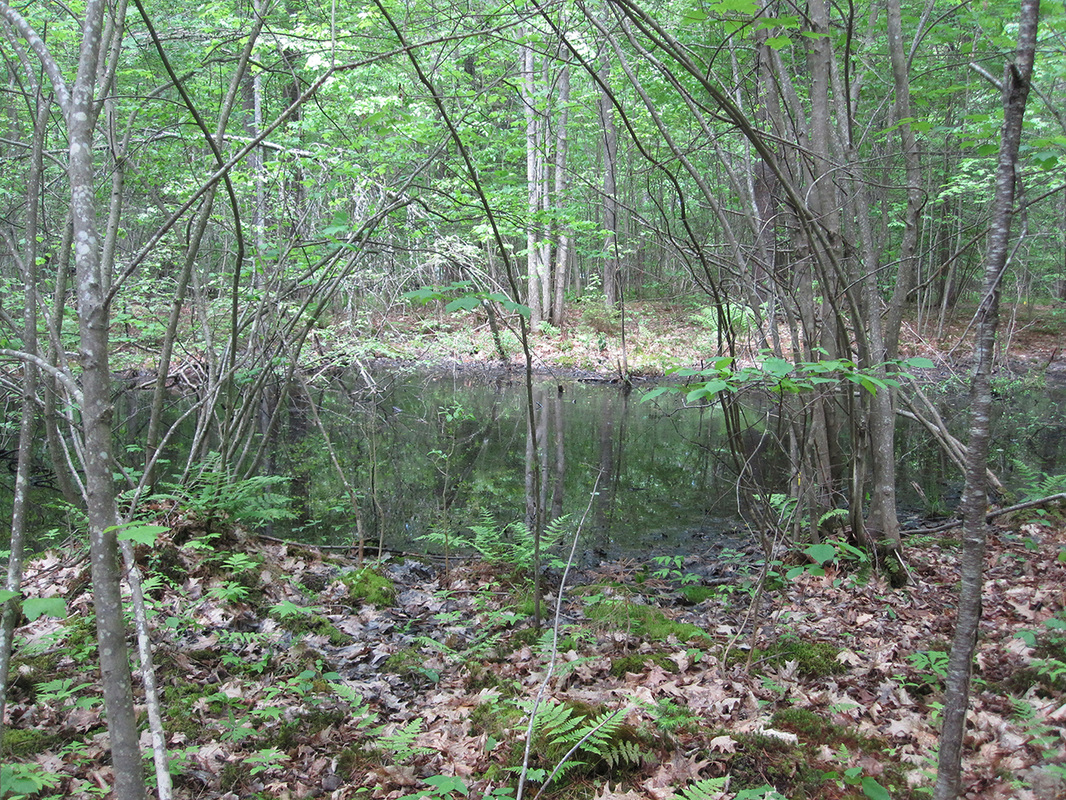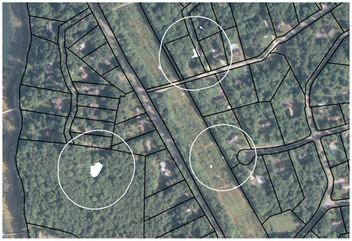Dana Bauer, Assistant Professor of Earth and Environment, Boston University
Many places have small natural features that are far more important for maintaining biodiversity or providing ecosystem services than their size would indicate. While the “Of Pools and People” research project is focused on conservation and management of vernal pools in landscapes under threat of urbanization, these temporary wetlands are only one type of small natural feature. Other examples include coral heads, desert springs, prairie potholes, caves, and riparian zones. Even single large, old trees may have disproportionate ecosystem value. The importance of some of these features has long been recognized (e.g., prairie potholes provide breeding habitat for more than 50% of North American duck populations), while the roles of others are just emerging (e.g., small caves provide roosting habitat for large colonies of bats that provide pest control services to US agriculture).
These landscape elements are arguably too small and scattered to be effectively managed at the usual scale of ecosystem management. Eliminating a single vernal pool from the landscape, while potentially destructive of some local populations, may have little to no impact on overall ecosystem function; however, the cumulative impact of losing these resources en masse would be devastating. A diverse set of conservation tools has emerged to manage these features, but these tools often lack strategic coordination and ecological coherence. Conservation strategies are complicated by uncertainties over the location of these features (e.g., some pools and streams are only wet during part of the year), tensions between the private property rights of landowners and societal rights to environmental protection, and the spatial mismatch between the regional accrual of beneficial services and the local costs of protection, all of which often justifies a need for government intervention.
Nevertheless, small natural features present novel opportunities because they can usually be protected while allowing traditional activities such as forestry, fishing, and grazing to continue nearby, and even new residential development may be designed with ecological benefits in mind. Individual small natural features are often owned by a single landowner, thus avoiding difficult multi-landowner coordination. Lastly, they create interesting opportunities for diverse governance structures (e.g., state and local; top-down and bottom-up) that involve collaborations of multiple stakeholders targeted towards adaptive and flexible solutions. The “Of Pools and People” social scientists are interested in determining how many and which small natural features should be protected, what types of policies are best able to provide this protection, and how the appropriate policy prescription may vary by local community (e.g., due to heterogeneity in position along a rural to urban gradient, current level of new development pressure, or degree of conservation mindedness.
Bibliography
Calhoun, A., J. Jansujwicz, M. Hunter, and K. Bell. 2014. Improving management of small natural features on private lands by negotiating the science-policy boundary of Maine vernal pools. Proceedings of the National Academy of Science 111: 11002–11006.
Folke, C., T. Hahn, P. Olsson, and J. Norberg. 2005. Adaptive governance of social-ecological systems. Annual Review of Environment and Resources 30: 441-473.
Hunter, M.L. Jr., M.J. Bean, D. B. Lindenmayer, and D. S. Wilcove. 2009. Thresholds and the mismatch between environmental laws and ecosystems. Conservation Biology 23:1053-1055.


